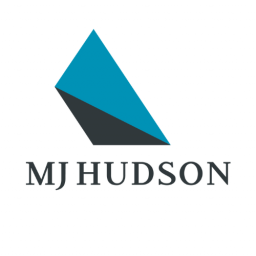Asset owners and asset managers continue to look to external service providers to bring scalable and cost-effective solutions to complex investment management problems. As those relationships grow, so does the importance and complexity of vendor management. Creating a successful, multi-faceted governance model can give you some peace of mind. Having been in the investment management service and consulting business for more than 20 years, here are some of my lessons learned for successful governance of your vendor relationships.
Establish an “SLA” (service level agreement)
First, a client must agree on the measurement of success with its service provider. This may seem a “no-brainer,” but I have encountered many clients who have no documented service standards with their major providers. Whether it be your custodian, an investment consultant, or a critical software vendor, the definition of success should not be a matter of perception. Clients should understand and communicate what is needed from the relationship, work with the service provider to agree on an acceptable level of accuracy or delivery and record this in an “SLA.” This document outlines expectations between the parties and should include both quantitative and qualitative measures.
Monitor your “KPIs” (key performance indicators)
Now that there is a mutual understanding of success in writing, this cannot be put on a shelf to collect dust. Clients and providers need to work together to create a process for monitoring delivery against these standards. Both should agree on reporting, how often that reporting will be delivered, and they should hold regular meetings to discuss results and any other items of relevance to the relationship. If your service level agreement is too lengthy to effectively monitor everything, you can identify and agree on a reduced list of “KPIs.” Though this smaller list is not everything your provider has agreed to deliver, it should contain the most important services or deliverables and be a valid measure of success for the entire relationship.
Review your SLA and KPIs regularly
Finally, the SLA and KPIs should be revisited and adjusted regularly. The investment landscape is constantly changing, as are client servicing needs. Governance models must also evolve to keep up with those changes. For instance, if a service is added or removed, the Service Level Agreement should be adjusted accordingly. Likewise, if the established Key Performance Indicators are not aligned with the service experience, the list should be revisited. Also, holding an annual executive meeting with your provider to discuss strategic plans is a great way to ensure alignment between the parties. Getting in front of any major changes at either firm will allow you to incorporate those into your service expectations.
Many asset owners and asset managers rely heavily on strategic partners. Keeping those relationships in good standing is important for both parties. Staying ahead of evolving servicing needs with a strong and flexible governance model will help avoid the challenges and risks of having to change providers, because a relationship has deteriorated beyond repair. All asset owners and asset managers should consider incorporating vendor management, SLAs, KPIs, and regular reviews into their strategic partnerships.
If you would like to get an independent assessment of the service levels and value you are getting from your providers, our team can help. We benchmark many suppliers, including all major custodians on back and middle office services and can provide advice to help you make the most of your vendor relationships. Click here to find out more.

